#bwmaglev
Photo

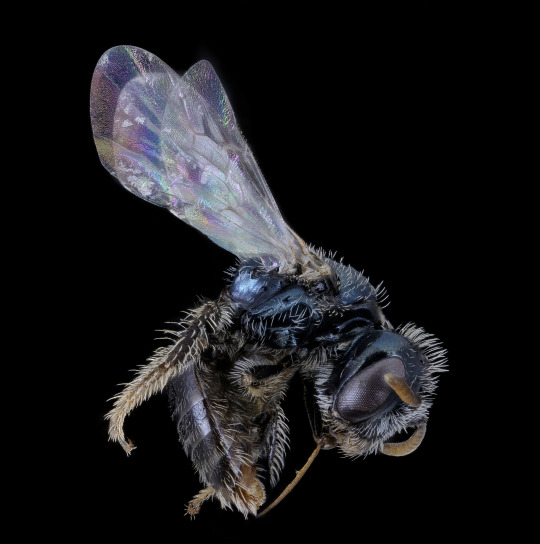

Bees! Yes, we still mostly do bees, but have been targeting biodiversity surveys of the MAGLEV impact sites on the refuge. Here look at this tiny bee, as with all creatures there is a story as to why you do or do not find it somewhere. Here it is found because of sand (USGS TIP OF THE DAY. if you want regionally rare insects and plants go to sand, if you want to conserve them, keep that sand openish and don't let those darn trees grow in them), it is restricted to deep sand areas in Maryland it is in love with the little fall composites (yes, insects feel love). (Why do I still add 2 spaces to the end of a sentance?)This is just one of a handful of records on the Patuxent Refuge under the powerlines (transmission lines can often be the most awesome conservation area for plants and insects...because they have to be kept open ... or you can just mow all that goodness away with sprays and mowing...sigh) that will be impacted by the MAGLEV the area is full of lovely things like blooming liatris and other prairie and bog type species. Photo by Adam Grima.
#maglev#northeast maglev#scmaglev#bwmaglev#perdita#bees#bee#powerlines#stained glass#mosaic#wings#wing pop
85 notes
·
View notes
Photo

#BWMAGLEV The Baltimore-Washington Superconducting Maglev Project is evaluating the impacts of constructing and operating a high-speed, superconducting magnetic levitation (SCMAGLEV) system between these two great cities, with an intermediate stop at BWI Airport. They’d love to hear your input at one of the upcoming meetings scheduled for Baltimore, Washington, Bowie, Gambrills and Laurel in October. http://bwmaglev.info/index.php/public-involvement/upcoming-meetings You can also submit comments by email to [email protected], or by visiting http://bwmaglev.info/index.php/contact-us #WeAreYourMTA #mdotnews
0 notes
Photo
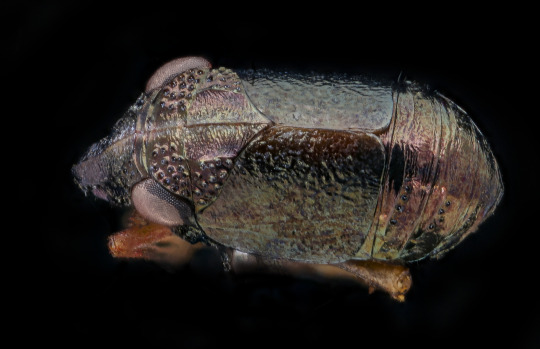

Immature Planthopper? Treehopper? Beetle? ??? Metallic is not what I think of when I think of Planthoppers, but then what is it? Is it an immature? Anyway, cool, and very small, see the side shot showing it on the end of a pin. Knowing all the insects even on a small plot is basically impossible. This is from the Beltsville Ag Center West MAGLEV trainyard proposed site. Photo by Jade Loiuis.
73 notes
·
View notes
Photo


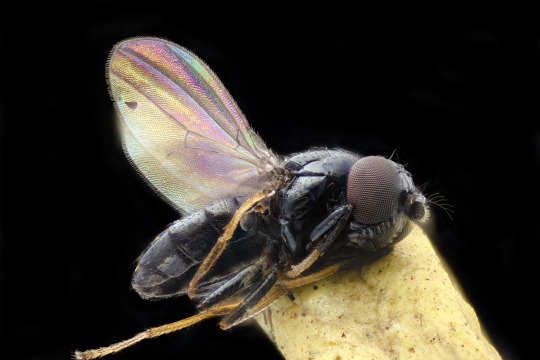
These are perhaps Agromyzid flies. Not sure, but they are very tiny tiny tiny flies ( I used a 10X microscope lens and still have to crop the shots), which would fit their leaf mining lifestyle. There appear to be 2 species in this set. Let's pretend they are Agromyzids which gives me a chance to tell you that they are very picky. Each choosing to "mine" the leaves and stems of a small number of plants. Hidden biodiversity. Thank you little plants and flies. Collected on the proposed Maglev Trainyard site on the Beltsville Agriculture Research Station.
62 notes
·
View notes
Photo
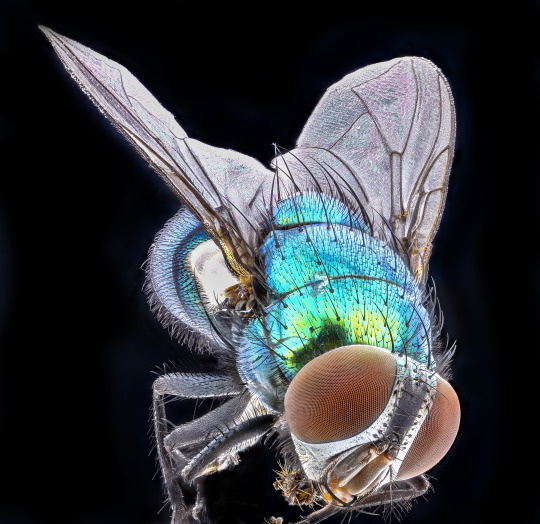

A marker of death. One of the green bottle flies (Lucilia species). You have seen this fly. It feeds on dead things. Common and a good cleaner upper if you like your dead things in the woods to be primarily bone. Found on the MAGLEV train yard site on Beltsville Ag Center. Unlike all the other species we have featured, this one will remain if the trainyard is built. Pretty really, if you can disassociate from its preferred food. I think of one of my favorite poems by Emily Dickinson
I heard a Fly buzz – when I died –
The Stillness in the Room
Was like the Stillness in the Air –
Between the Heaves of Storm –
The Eyes around – had wrung them dry –
And Breaths were gathering firm
For that last Onset – when the King
Be witnessed – in the Room –
I willed my Keepsakes – Signed away
What portions of me be
Assignable – and then it was
There interposed a Fly –
With Blue – uncertain stumbling Buzz –
Between the light – and me –
And then the Windows failed – and then
I could not see to see –
- Emily Dickinson
Photo by Elizabeth Panner. New photographer in the lab.
#maglev#lucilia#blow fly#green bottle fly#nemaglev#bwmaglev#north east maglev#flies#diptera#calliphoridae#calliphorid#death#dead
69 notes
·
View notes
Photo


Ah, more petit four lime green arthropods from the National honey bee research station that the MAGLEV will locate its trainyard on. This one is the Northern Crab Spider (Mecaphesa asperata) the first record for Prince George's County, and possibly the last (though it seems common elsewhere) because this site will 200 acres of concrete and train tracks. This crab spider provides a little floral surprise. It tucks into flowers and when visitors come to the nectar bar for a quick drink, nabs them and juices them up with venom, often taking down insects quite a bit larger than they are. Imagine if something like that lurked around your neighborhood bar! Photo by Adam Grima
#spiders#spider#arachnids#nemaglev northeastmaglev#bwmaglev#maglev#crabspider#crab#mecaphesa#flowers#floral#savethespiders#limegreen
121 notes
·
View notes
Photo

From the MAGLEV impact site on Patuxent...yet another tiny Jumping Spider, how tiny...it is sitting on the cut end of a pin for scale. There are so many of these around at this time of year, the woods and fields are thick with these hunters....personable too, with their forward facing eyes, they appear to have a relationship with you. They do, of course, both the spider and you just can't figure out what it is. Photo by Adam Grima. I have no idea which species of Jumper this is.
#maglev#northeast maglev#scmaglev#bwmaglev#spiders#spider#jumpers#salticidae#jumping spiders#staring#moon eyed#multiple#tine#minute#head of a pin
77 notes
·
View notes
Photo


Plague Doctor Beetle. Or so technician Andres Croft has christened this unknown weevil. I can see his point. I also see the point of not knowing which weevil thi sissince there are 256 known species in Maryland and that number continues to climb. And, I would also like to point out that like so many other small things we share the planet with small does not mean not beautiful ("not mean not" what a lovely symmetrical double negative). Weevils do not tend towards not dull colors (! Experimental Grammar Warning !), but do not not (!EGW!) array themselves in patterned and colored hairs, craft their bulbous shapes into pleasing heavy weight shapes, and often have long "snouts" and cute antennae. Proudly, the Bee Lab again goes over the cutting edge with new combinations of grammar and anthropomorphic coding. Oh, this also comes from the land that will be the MAGLEV trainyard site.
#weevils#weevil#maglev#northeastmaglev#scmaglev#bwmaglev#dark#masked#plaguedoctor#freudian#senator#date#crazy#steelyeyed#vent#eliminator#curculionidae
68 notes
·
View notes
Photo
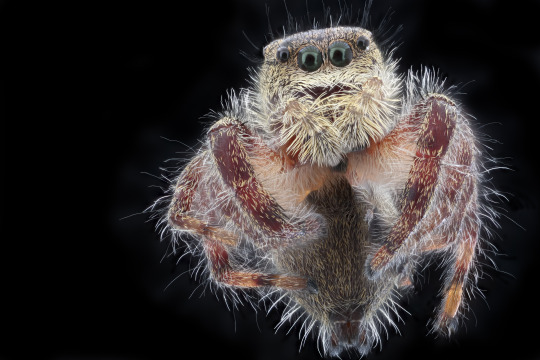
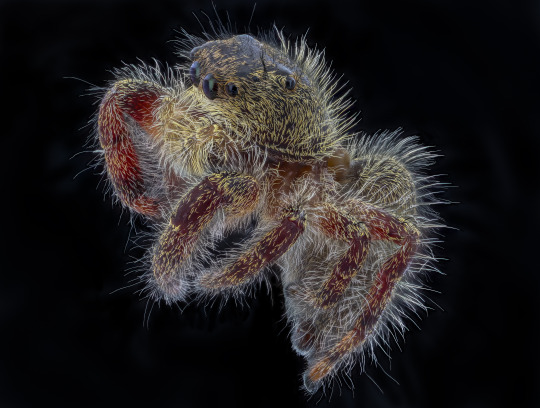
Jumping Spiders are difficult for me to ignore. Here is a relatively large specimen collected a few days ago on the Beltsville Ag Center BARC West 200 acre proposed MAGLEV site. This mini-aliens will remain active until a hard freeze does them in. Photo by Elizabeth Panner, new in the lab and working on her photo chops.
#spiders#maglev#scmaglev#northeastmaglev#bwmaglev#spider#jumping spider#salticid#salticidae#flying spider#penguin#teddy bear
47 notes
·
View notes
Photo
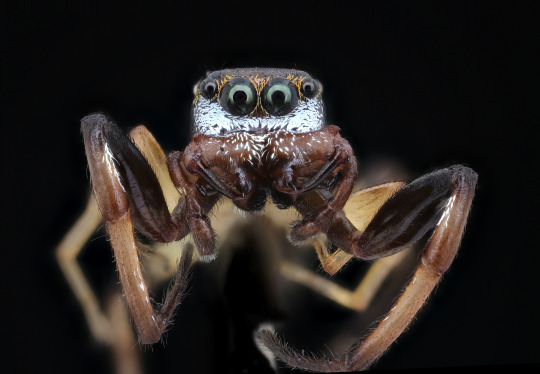
What is it that causes us to look for our reflection in Nature? Is it a search for relationship?, ... empathy?...or just our inborn arrogance that makes it is always about us? Pretty, ugly, useful, dangerous, dirty, sleek... useless categories to all non-humans but without hesitation or reflection or even active thought we lay judgement to all we see. You, of course, will want to save this jumping spider for the same reason we put saving babies before saving the elderly. So, I have outed myself, for this is one of the many that live where the MAGLEV train will put their trainyard. Or, perhaps you would be more interested if I gave you the scientific name on a piece of paper? Too bad because I don't know its name
29 notes
·
View notes
Photo

Mini Beetle. There had been a notion that Coleoptera were the most populous arthropod order. But the long neglected micro-hymenoptera (and micro-hymenopterists) have presented information that indicates that this may not actually be the case and they not beetles are the queens of diversity. Whatever. This beetle is only about 2 mm or so...no face shot since we are really just taking photos to show how diverse the Maglev impact sites are on our research centers. And. We are also working on diversity surveys as a technique and doing some fancier mechanisms to document that diversity. Watch this site pilgrims. Photo by Jade Louis. Big hug to all beetles and coleopterists.
41 notes
·
View notes
Photo
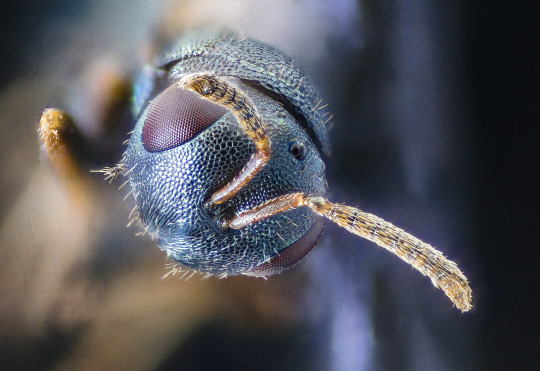

Parasitic Wasp of the micro-hymenopteran type. A lurking micro-hymenopterist will surely narrow this down to some sort of group, but I am out of my comfort zone here, so will leave as a micro-hym. Note the size of the pin it is glued to. From the North Tract of Patuxent Wildlife Research Center. One of the locations that would be impacted if the MAGLEV train is placed onto refuge lands. An important sand lens region full of both prairie plants under the powerlines and globally rare pitch pine barrens. Photo by Anders Croft. A dreamy sort of wasp, not an angry type, not the mouthless appearance.
32 notes
·
View notes
Photo
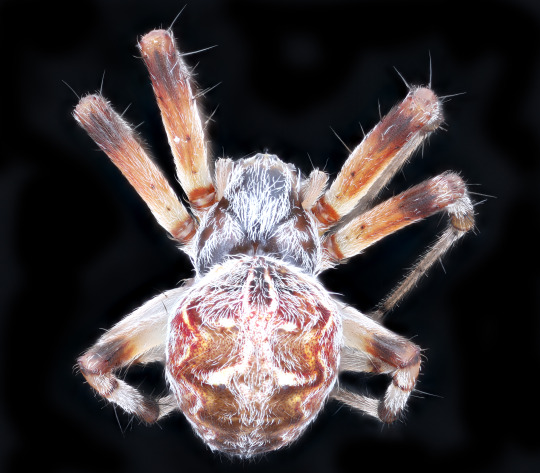

This spider is in your house. But this particular one came from a 200 acre potential Maglev Train Yard Impact Site. What would appear to be another House Spider. Dirtball common around the world. It is a prolific cobweb makes in your house and feeds on the other insects that live in your house (you don't really realize that your house has quite a bit of biodiversity despite all your "cleaning"). Photo by Anders Croft.
27 notes
·
View notes
Photo


Parasitic Wasp. But which one? I suspect this is an ichneumonid. But which one? We know little about the identity of this group despite the fact that there are over 700 species of ichneumonids known from the tiny tiny state of Maryland. This particular specimen came from one of the MAGLEV train yard proposed sites on the Beltsville Agriculture Research Center. As a group these non-stinging wasps lay their eggs in or on other insects...almost always their larvae. As is the case with almost all insects. They are picky about their food/hosts and craft clever strategies to find and deposit their baby aliens in that group. The host group, of course, is not into this and develops countermeasures and they both go down paths of more and more nuanced life together, by no measure a marriage, but more of a insecticidal détente where a certain proportion of the host's babies are given up to the wasp, and the wasp doesn't parasitize all the host babies....because if they did its end of the line for them being so specialized and their lives so intertwined such so (note: never use of the word "so" this much) that the wasp must, in a way, support the life of its host all the while letting its children eat some of them alive. There is a lesson here for us humans...but it escapes me what that lesson is (other than not useing "so" so often). Photo by Anders Croft.
47 notes
·
View notes
Photo

The I Don't Know What Kind of Wasp This is Wasp. Yup, it is small and I don't have a side shot so I can vibe the wings and body shape. Small to tiny and nicely arrayed face with very long hairs. Looks different from the normal wasp, and it is just yet another example of how wasp and other insect models are often hidden (well, not hidden, just unobserved) from the public eye (or is it just my eye?). Good thing we aren't in charge of specing out biodiversity... all these webs, systems, miniaturization, design features, addons, color schemes, engineering (wings are particularly tricky), fuel efficiency, self repair functions, miles per calorie, calibration, automatic danger warning systems, food and sex sensors, weaponry, armor, camoflauge, vertical surface ascenders, gps mapping with thousands of waypoints, 6 point articulating traction devices, and so much more in those tiny packages. Another small specialized creature currently found on the proposed 200 acre Maglev trainyard site on our research station. Photo by Anders Croft
20 notes
·
View notes
Photo

Lie Down in the Grass. Wait a tiny bit and soon the magic kingdom of tiny 6 and 8 legged people will emerge. Here is a good example of an 8 legged person. One of the jumpers. Maybe an immature (baby jumper?) not clear to me. But very small and, well cute, too. Love the see through head eye thing going on there. Taken from the proposed Maglev Site on Beltsville Agricultural Research Center. Photo by Jade Louis.
#maglev#scmaglev#northeast maglev#bwmaglev#spiders#spider#halloween#cutespider#jumper#jumping spider#salticidae
26 notes
·
View notes